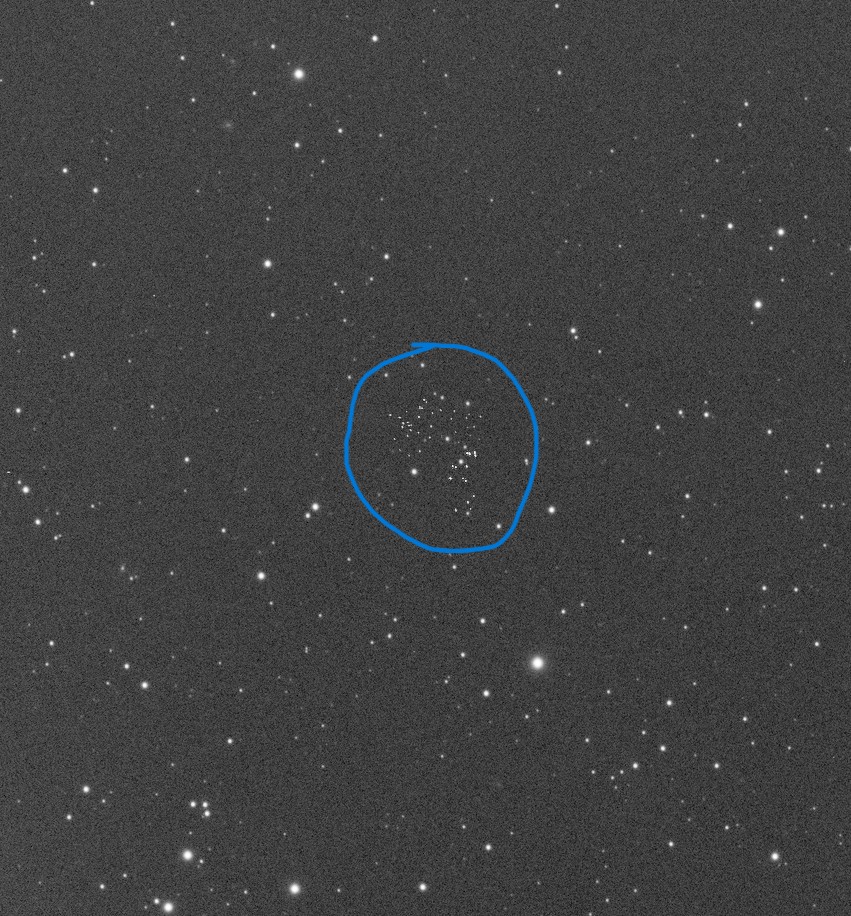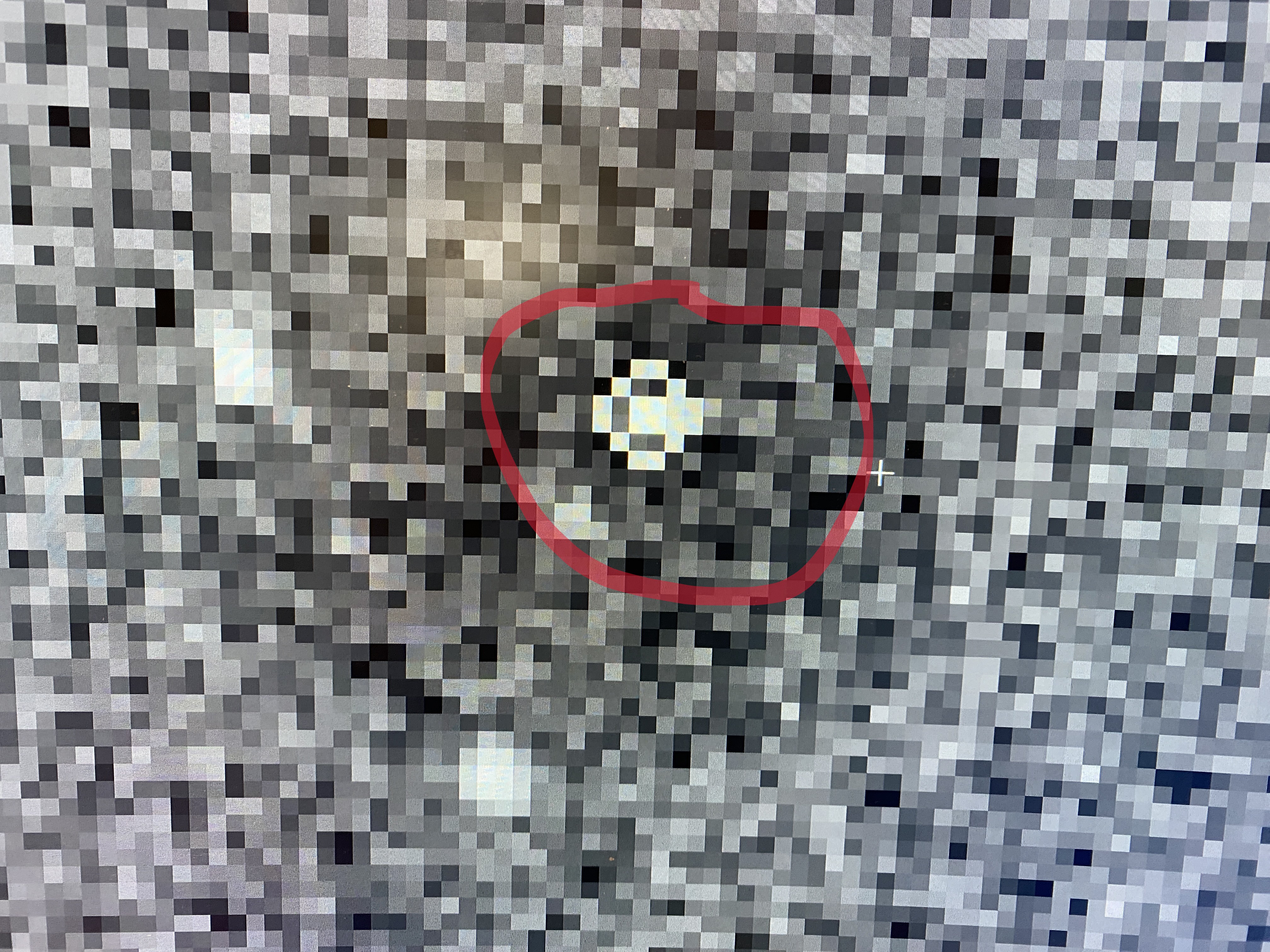I noticed some bright green spots about the size of a star in my most recent image. The spots were in a cluster in a single area in the image. After looking at the subs, I saw a cluster of pixels that move around as I blinked through the registered subs (but only with the L and G filters on the 2600 MM camera). See attached photos. Wondering what this could be, or if I have a problem with the camera? I made a movie as I blinked through 228 subs at 0.05s. Thanks!
HD.mp4


HD.mp4

